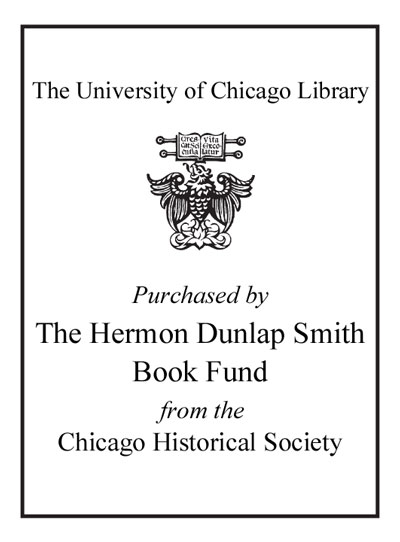Review by Choice Review
By 1930, Mexico had completed many major projects including electrification, a national railroad system, land redistribution, rural schools, and radio stations, but it had a problem retaining rural workers on the land. Approximately 25,000 Mexicans left their homes in Mexico, escaping the political and economic turmoil for the unknown in Chicago. Arredondo (Univ. of California, Santa Cruz) paints a portrait of Mexican Chicago in the early 20th century, focusing on five zones of contact: housing patterns, work and labor relations, politics, commerce, and heterosocial relations. Settlement houses like Hull House played major roles for immigrants. The great majority of Mexicans in Chicago were men. However, Mexican women were more receptive to participation in "Americanization" programs related to visiting nurses, infant welfare, etc. Mexicans in Chicago understood that "becoming American" meant "becoming white." Some Mexicans clung to a Spanish identity; others maintained pride and comfort in their Mexicanidad. By 1940, many Mexicans were ambivalent regarding their status in the US. There were only 25 Mexicans among 1,000 immigrants seeking naturalization between 1925 and 1928. Yet Arredondo notes that there were more interracial marriages among Mexicans in Chicago than in the southwest US. Summing Up: Recommended. Upper-division undergraduates and above. J. A. Fiola Minnesota State University Moorhead
Copyright American Library Association, used with permission.
Review by Choice Review

